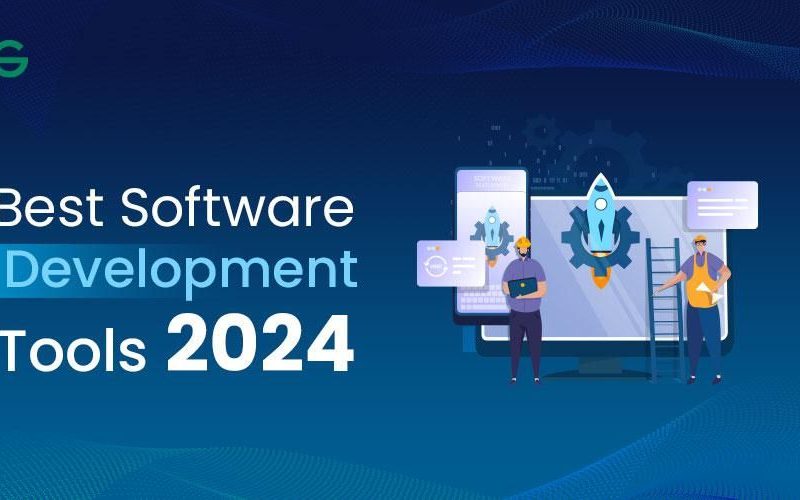In the fast-paced world of technology, businesses are constantly looking for ways to stay ahead of the competition. One method that has gained popularity in recent years is the Agile Development process. This methodology focuses on iterative development, collaboration, and adaptability to deliver high-quality software quickly and efficiently. In this article, we will explore the key principles of Agile Development and how it can benefit your tech projects.
What is Agile Development?
Agile Development is a set of principles and practices that prioritize flexibility, collaboration, and customer satisfaction in software development. Unlike traditional waterfall methods, where projects are planned in detail upfront and executed sequentially, Agile Development breaks projects into smaller, manageable chunks that can be developed and tested in short iterations.
The Agile Manifesto
At the heart of Agile Development is the Agile Manifesto, which outlines four key values:
1. Individuals and interactions over processes and tools
2. Working software over comprehensive documentation
3. Customer collaboration over contract negotiation
4. Responding to change over following a plan
These values emphasize the importance of people and communication, delivering working software quickly, involving customers in the development process, and adapting to changes in requirements.
The Agile Development Process
There are several Agile methodologies, such as Scrum, Kanban, and Extreme Programming, but they all follow the same basic principles. Here is an overview of the Agile Development process:
1. Planning
In Agile Development, the planning phase is short and focused. The development team and product owner collaborate to create a prioritized list of features, known as the product backlog. The team then breaks down the backlog into smaller tasks and estimates the effort required for each one.
2. Sprints
Agile projects are divided into sprints, typically 1-4 weeks long. During each sprint, the team works on a set of tasks from the product backlog. Daily stand-up meetings are held to track progress, discuss any roadblocks, and plan the day’s work.
3. Development and Testing
Developers work on implementing features, while testers focus on verifying that the software works as intended. Continuous integration and automated testing are essential in Agile Development to ensure that any changes do not introduce bugs or regressions.
4. Review and Adaptation
At the end of each sprint, the team holds a sprint review meeting to demonstrate the completed work to stakeholders and gather feedback. This feedback is used to adapt and refine the product backlog for the next sprint.
The Benefits of Agile Development
Agile Development offers several key benefits for tech projects:
– Faster time to market: Agile teams can deliver working software in short iterations, allowing businesses to respond quickly to changing market demands.
– Improved quality: By focusing on iterative development and continuous testing, Agile teams can detect and address issues early in the development process.
– Greater collaboration: Agile promotes collaboration between team members, stakeholders, and customers, leading to better communication and shared understanding.
– Flexibility: Agile teams can easily adapt to changing requirements and priorities, ensuring that the final product meets the needs of the business and its customers.
Conclusion
In today’s fast-paced tech industry, Agile Development has become a popular choice for businesses looking to deliver high-quality software quickly and efficiently. By focusing on collaboration, flexibility, and iterative development, Agile teams can adapt to changes in requirements and deliver value to customers. Whether you are a startup or an established company, embracing Agile Development can help you stay ahead in the competitive tech landscape.


